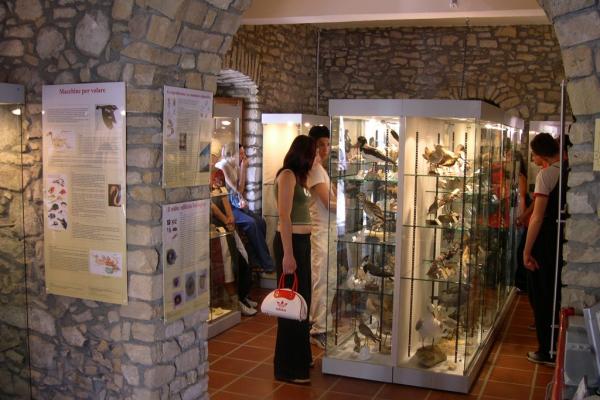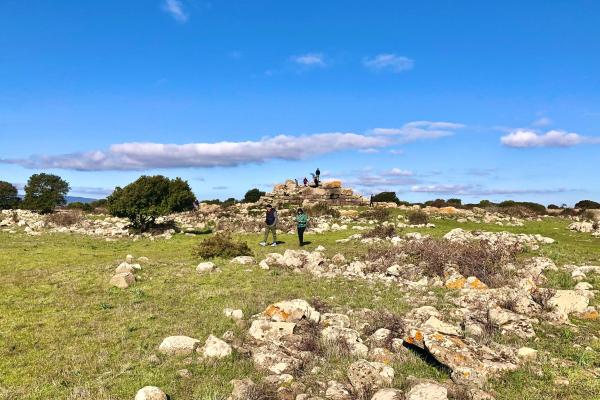A very ancient nuraghe, ‘from the very beginning’, with unique shapes, and a prehistoric village with a station where obsidian was processed along with a ‘garden’ of great environmental value around it. These are the elements that characterise the park of sa Fogaia, inviting you to visit it. It is a green oasis that covers the eastern slope of the Giara di Siddi, just over a kilometre away from the beautiful village of Marmilla. The ‘upper’part of the park is the scenic area, where you will have a view of the Marmilla hills and the Giare of Gesturi and Serri, as far as the view of the Gennargentu massif. In a strategic position, on the edge of a precipice, you will find the corridor-type nuraghe of sa Fogaia. It was built over 300 metres above sea level on the rocky outcrop, using dry and overlapping interlocking blocks of basalt.

Nuragic or pre-Nuragic archaeology
Between the hills and ‘giare’ (basaltic plateaus) of Marmilla, an archaeological and natural area extends in central-southern Sardinia, with plenty of surprises and breathtaking views
Between the hills and ‘giare’ (basaltic plateaus) of Marmilla, an archaeological and natural area extends in central-southern Sardinia, with plenty of surprises and breathtaking views
See this place because...
You will visit a welcoming park, marked by Nuragic age evidence, set into riveting natural paths and surrounded by the hilly green landscape of Marmilla
Pictures and videos
You may also like
More attractions in the vicinity
Nearby hotels and accommodations

Bed and breakfast (rental rooms)
SIDDI
1 km

Bed and breakfast (rental rooms)
SIDDI
1 km

Bed and breakfast
LUNAMATRONA
2 km

















